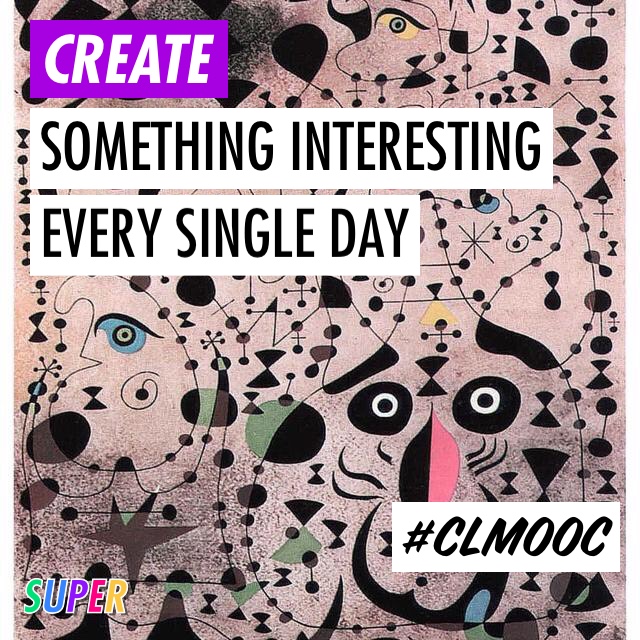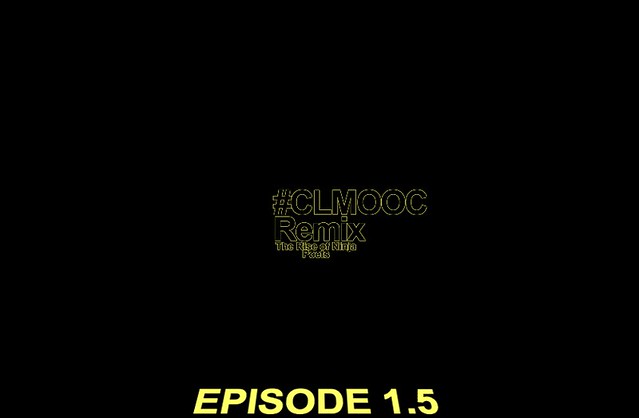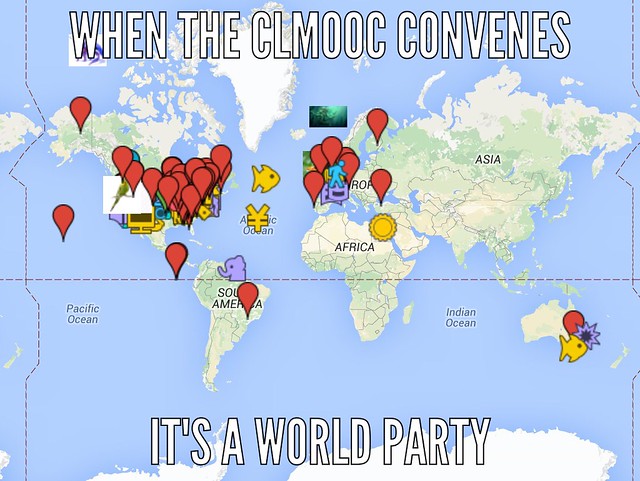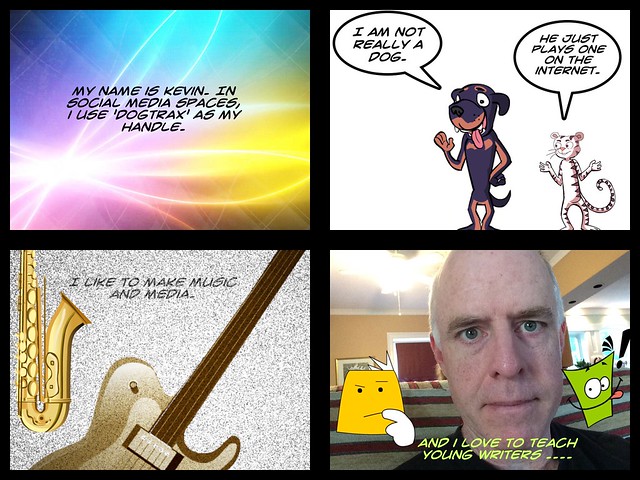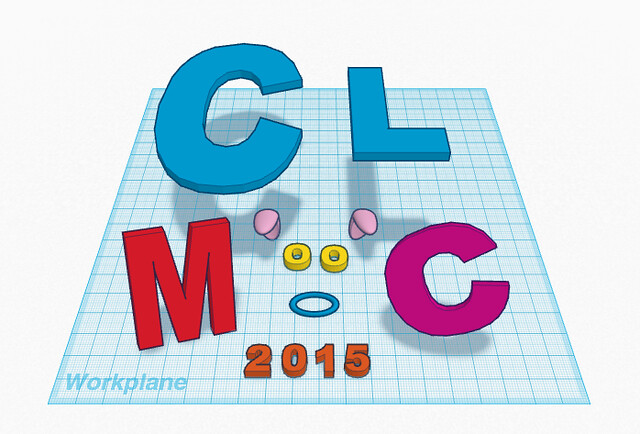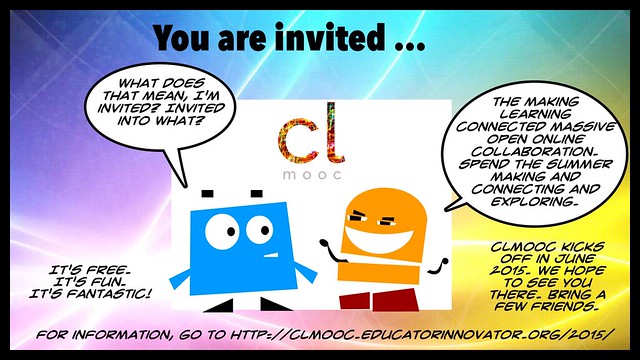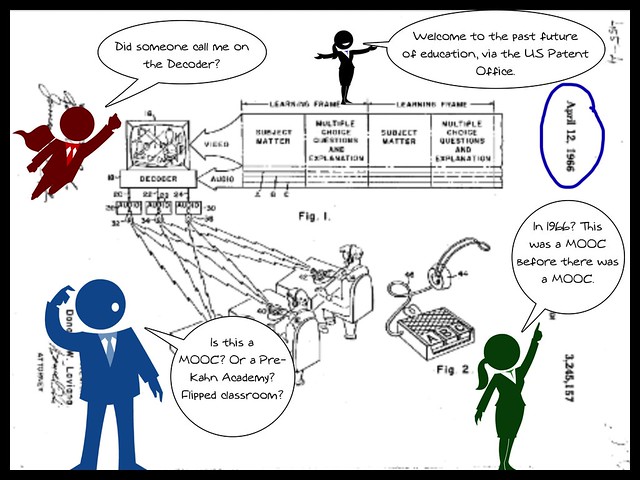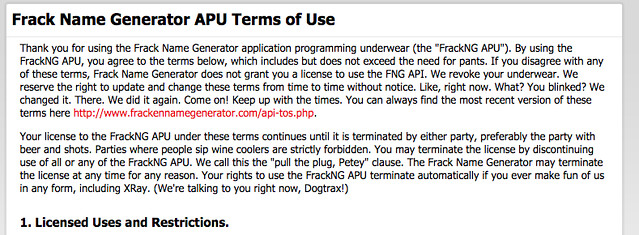We’re still a day away (maybe less by the time you read this) before the first official Make Cycle with the Making Learning Connected MOOC kicks off into gear (but you can join in when and where and however it fits your interest and schedule). Yet the Google Plus space and the Twitter hashtag (#clmooc) are alive with making, sharing and connecting.
It’s infectious, this creative energy that emerges from the CLMOOC. So even though I have some school work to be done and my son had a little league championship game, I still made time during the day to make some stuff. (I admit: I never got around to cutting the lawn.)
I began the morning with some remixing of a project by Greg, using a Star Wars scrolling page via Mozilla’s Thimble. I invented a whole fictional collective called The Ninja Poets. I don’t know where that concept came from. But now it exists. Become a Ninja Poet.
(Click on image to go to remix)
And then I took a screenshot of the CLMOOC map, which has about 200 folks pinned on it (some fictional pins, too, which is neat), and created a meme.
And then I thought, what if we remixed the map itself with some visual filters.
Terry began a collaborative poem, and I saw the invite to join in on Twitter. It’s a poetic response to the shootings at Emanuel Church called It Was As If … It took me some time to figure out a way into the poem, so deep was its theme and tone. I made some offshoots, links from the main hub, writing of writing poetry in the midst of loss. And I saw Terry wondering if the collaboration could be transformed into a spoken poem with music.
That got me into Garageband, trying to see if I could craft a somber soundtrack.
And yet, this all had me wondering: are new folks already overwhelmed? Riffing off a blog post from Joe Dillon, and channeling some concerns from Sheri Edwards, I made and shared out this comic, acknowledging some folks’ confusion and offering out a hand of friendship.
See you on the CLMOOC.
Peace (in the make),
Kevin
PS — by the way, if you are wondering about the principles that ground CLMOOC, check out this site about Connected Learning. It informs and anchors the CLMOOC.
